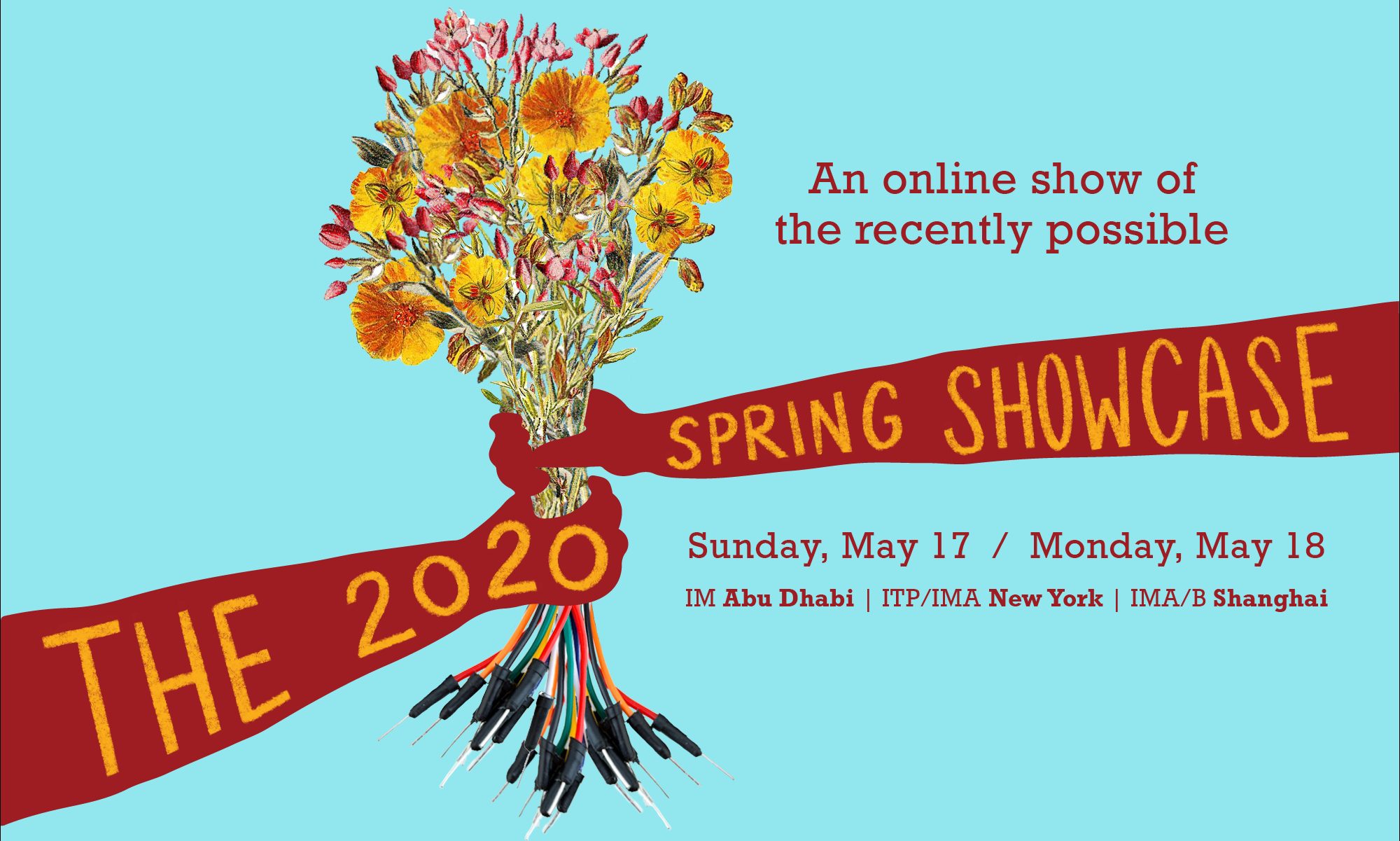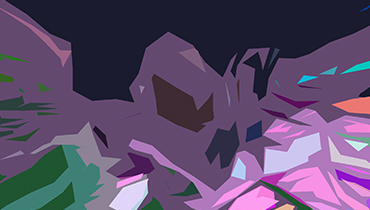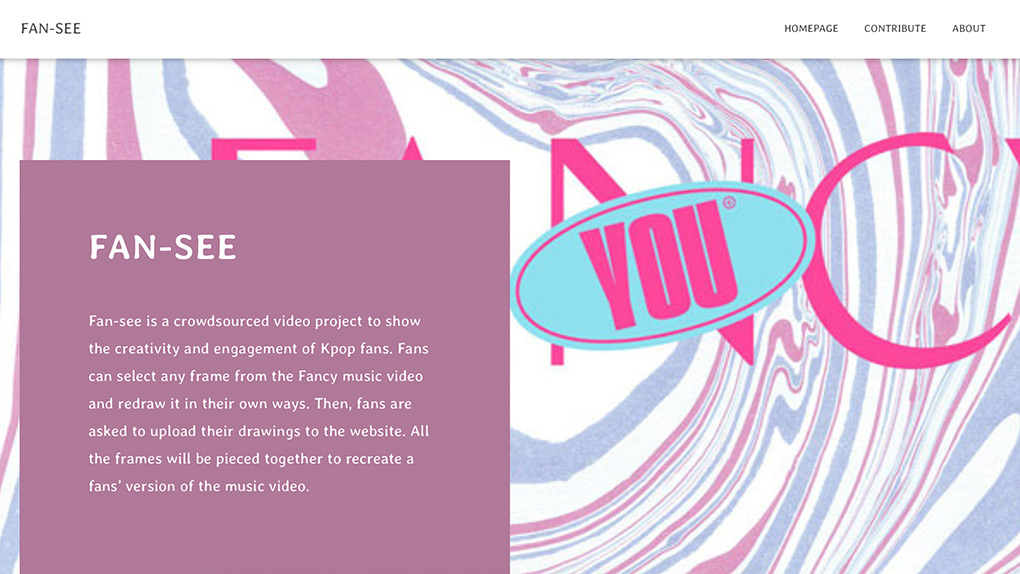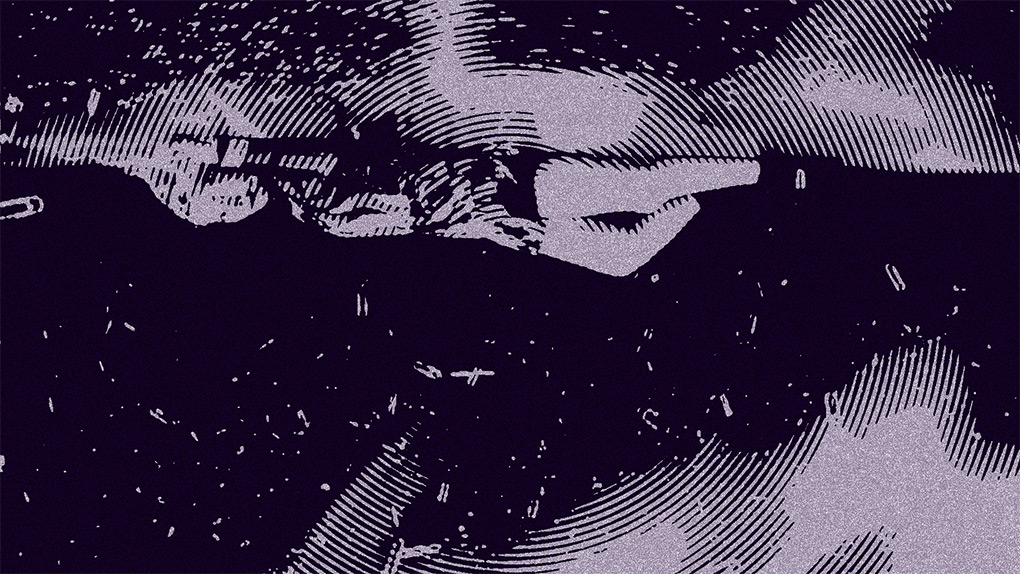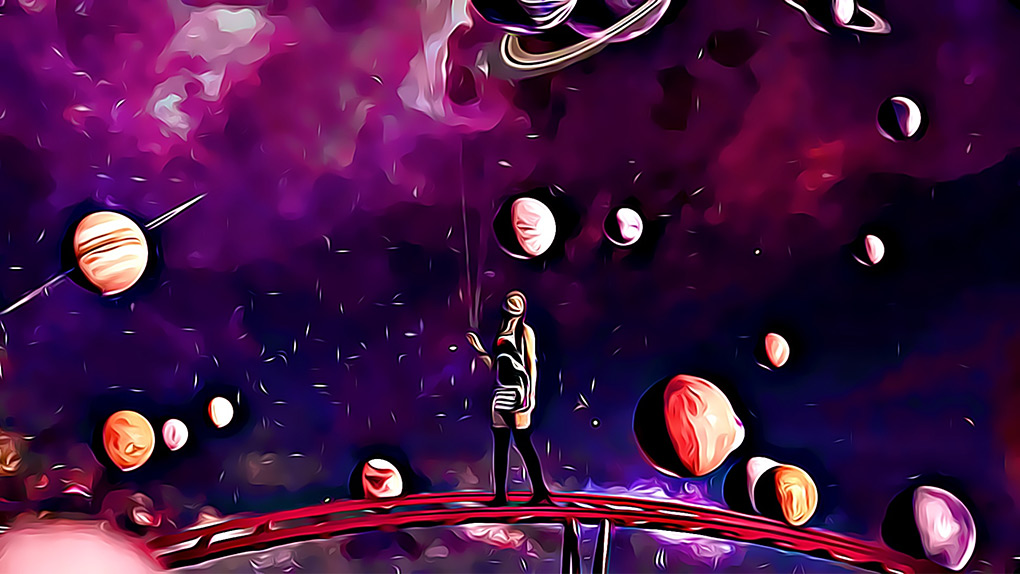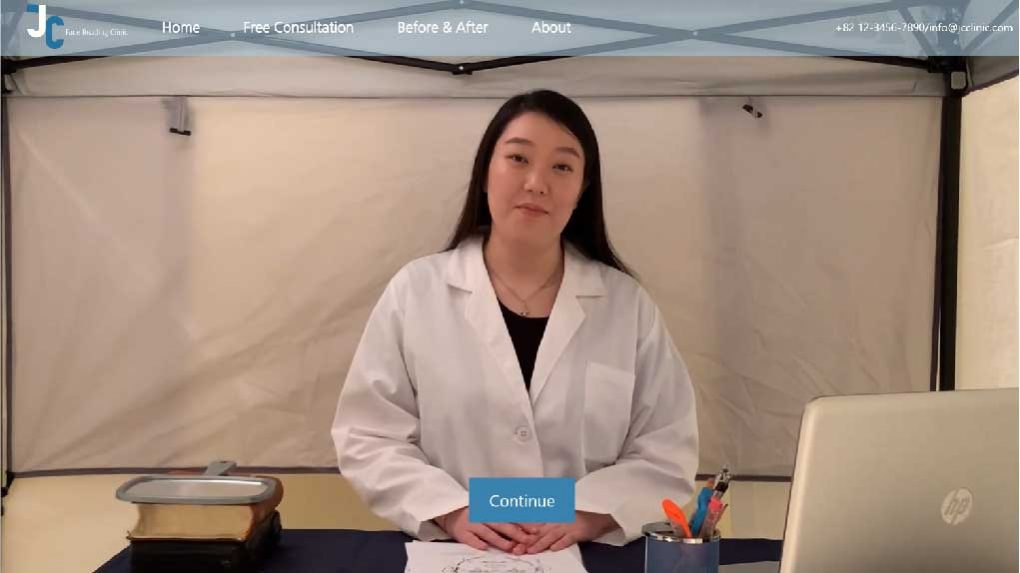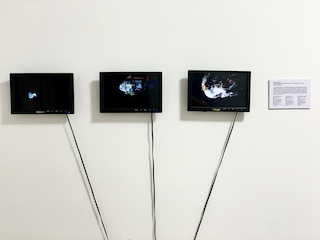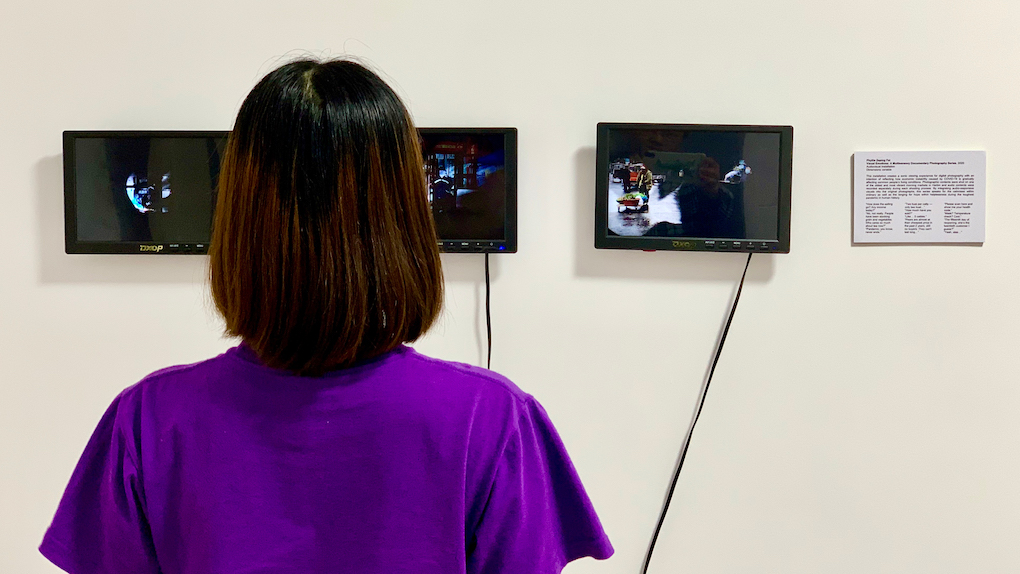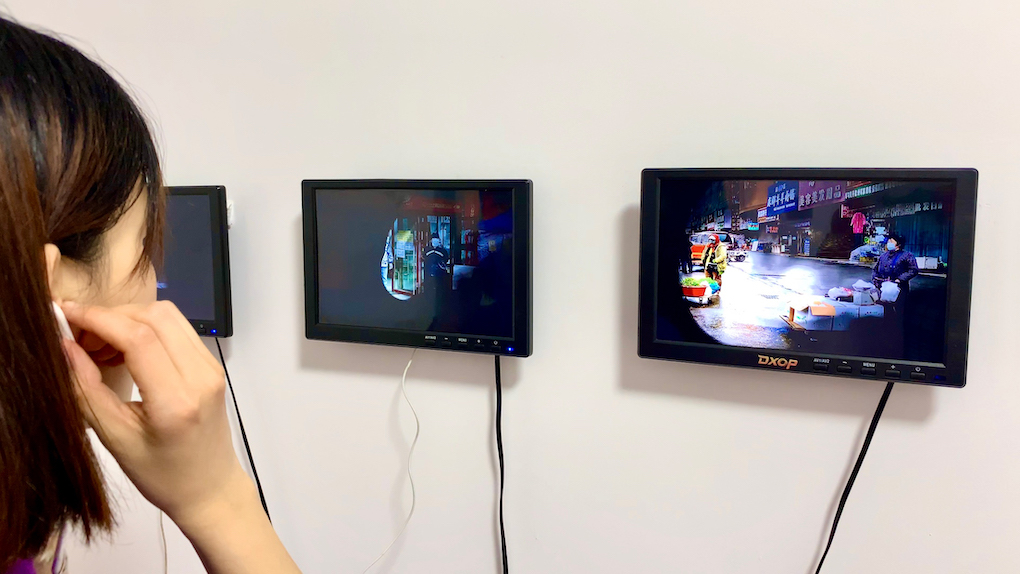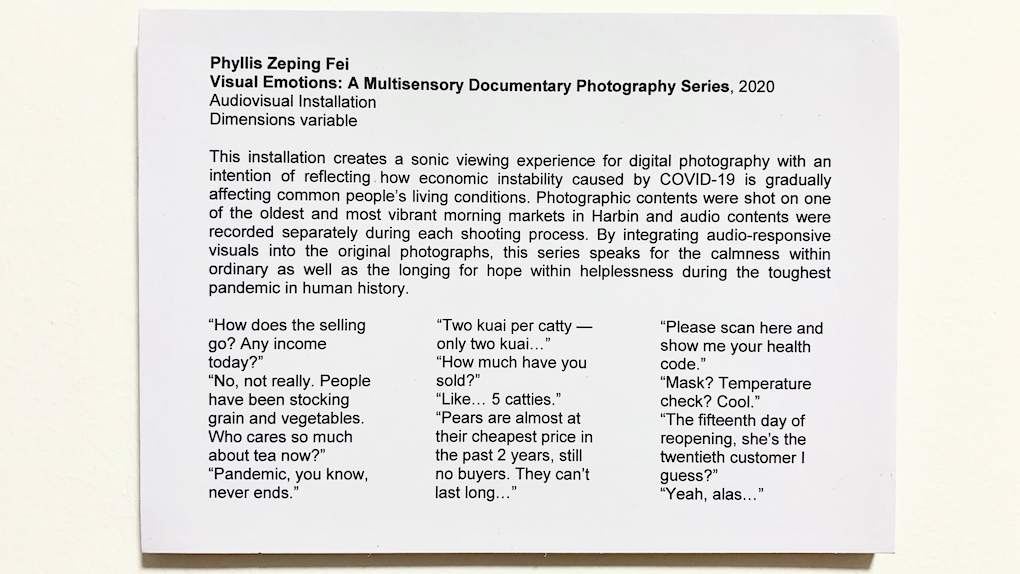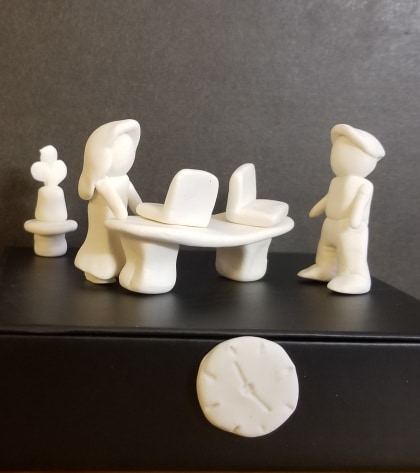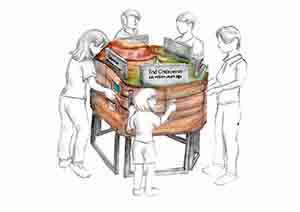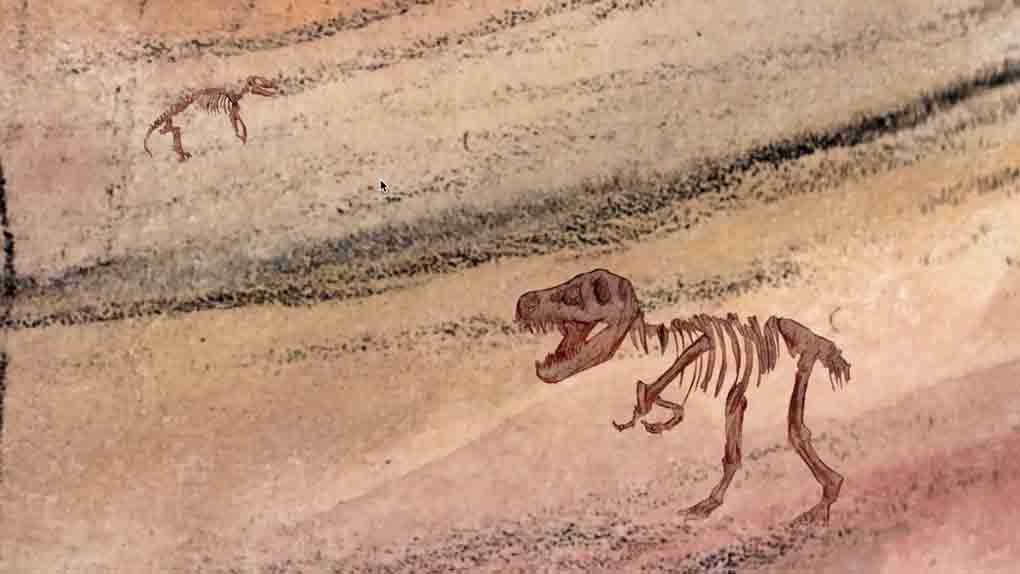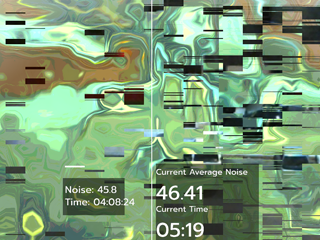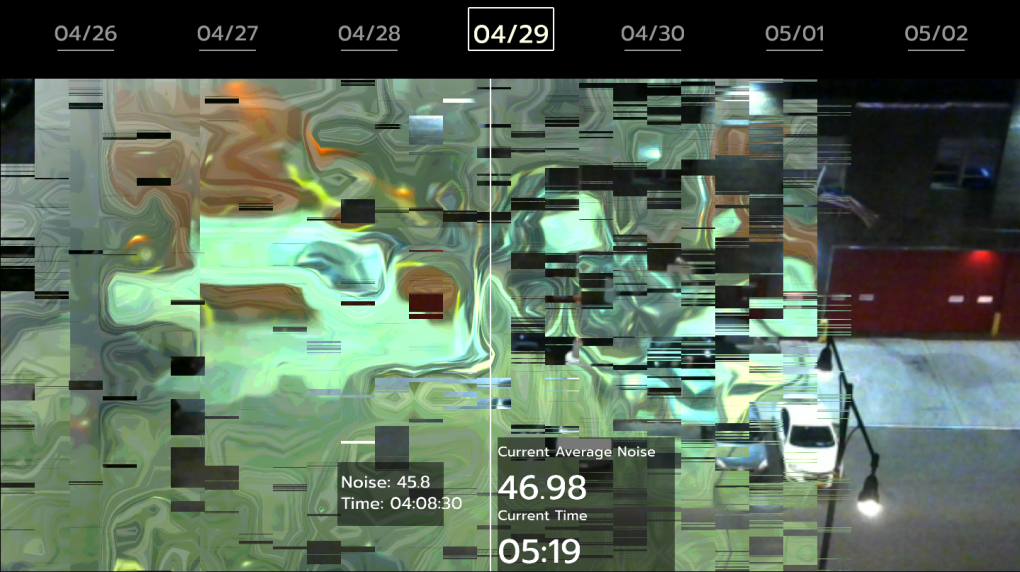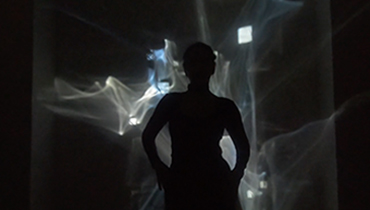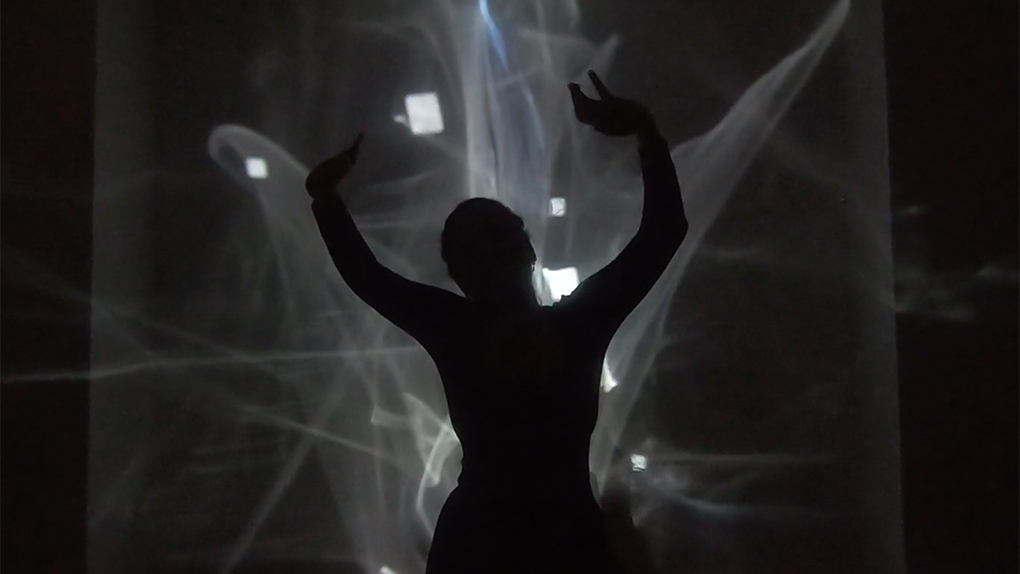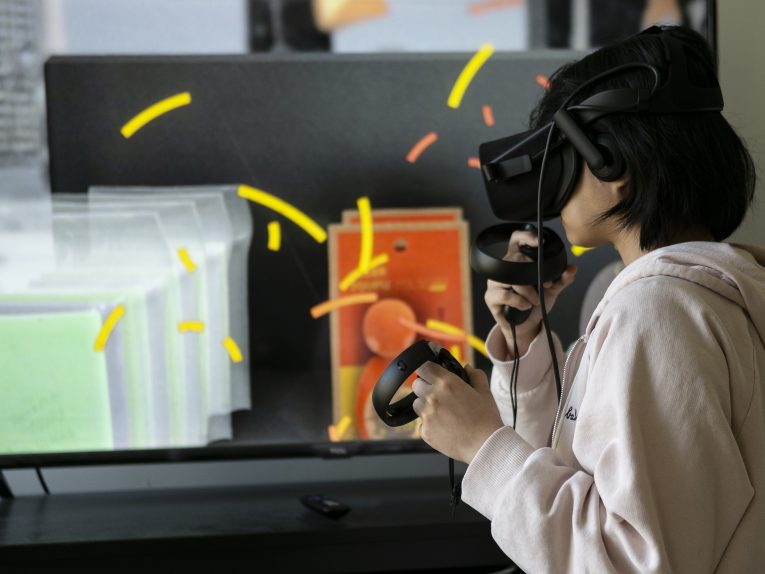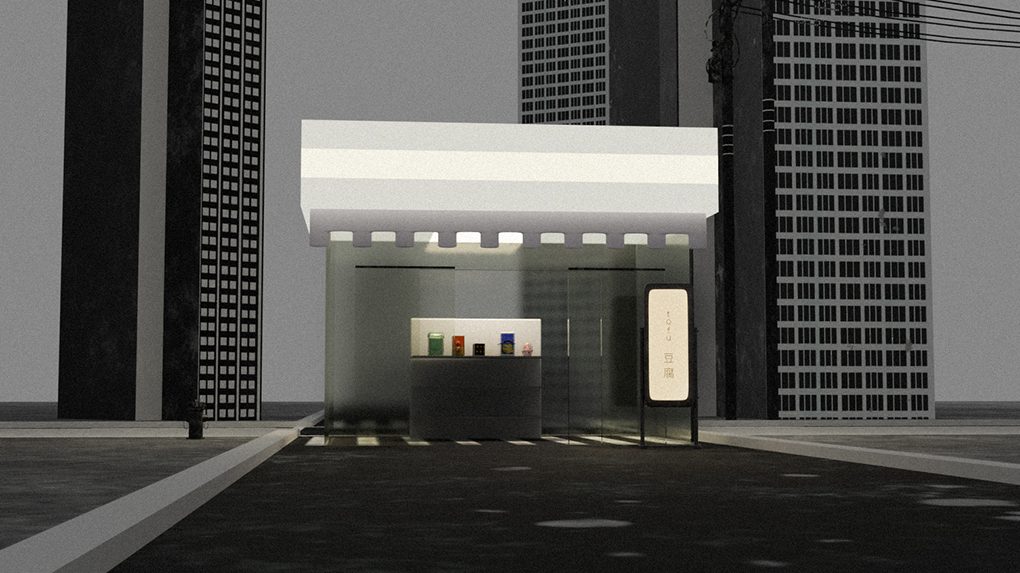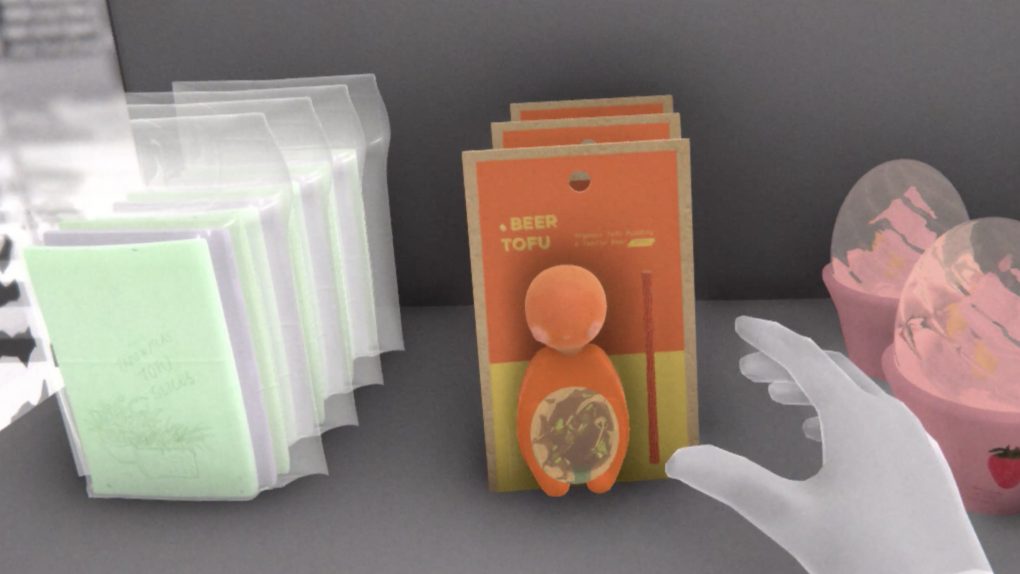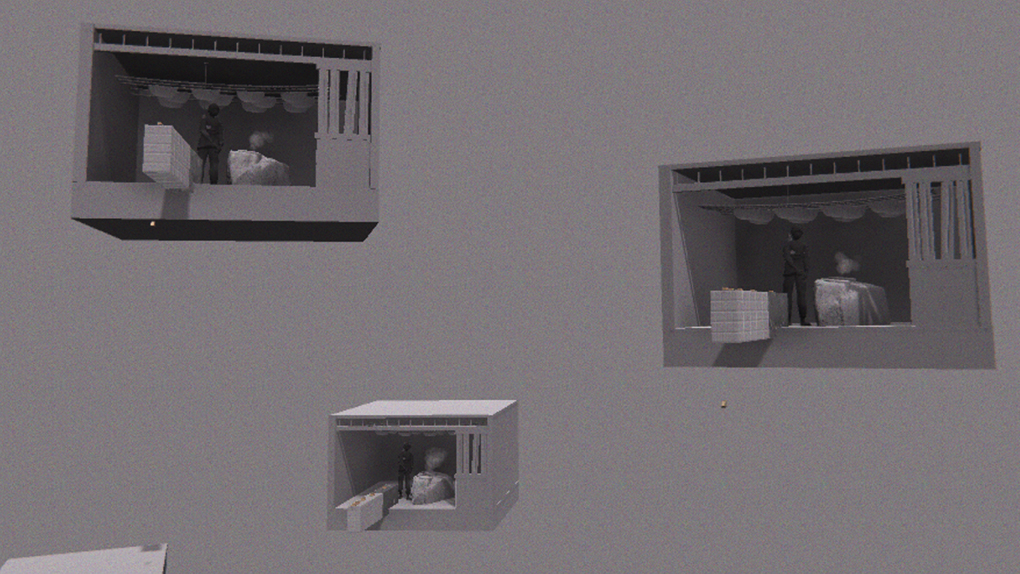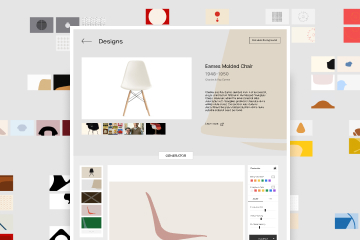Fan-see is a crowdsourced video project which recreates a fans' version of the Fancy music video to show the creativity and engagement of K-pop fans.
Yiqi Chang
Description
Fans can select any frame from the Fancy music video and redraw it in their ways. Then, fans are asked to upload their drawings to the website. All the frames will be pieced together to recreate a fans’ version of the music video. Fan-see’s goal is to present the K-pop fandom as a group of active audiences. K-pop fans engage with the K-pop industry and act as participatory consumers. They not only consume music but also create their artworks ranging from drawings to videos. Borrowing the frame-by-frame music video style from the Johnny Cash project that was created in memory of the American musician Johnny Cash, Fan-see tries to showcase transnational K-pop fans’ involvement in community and creativity.
